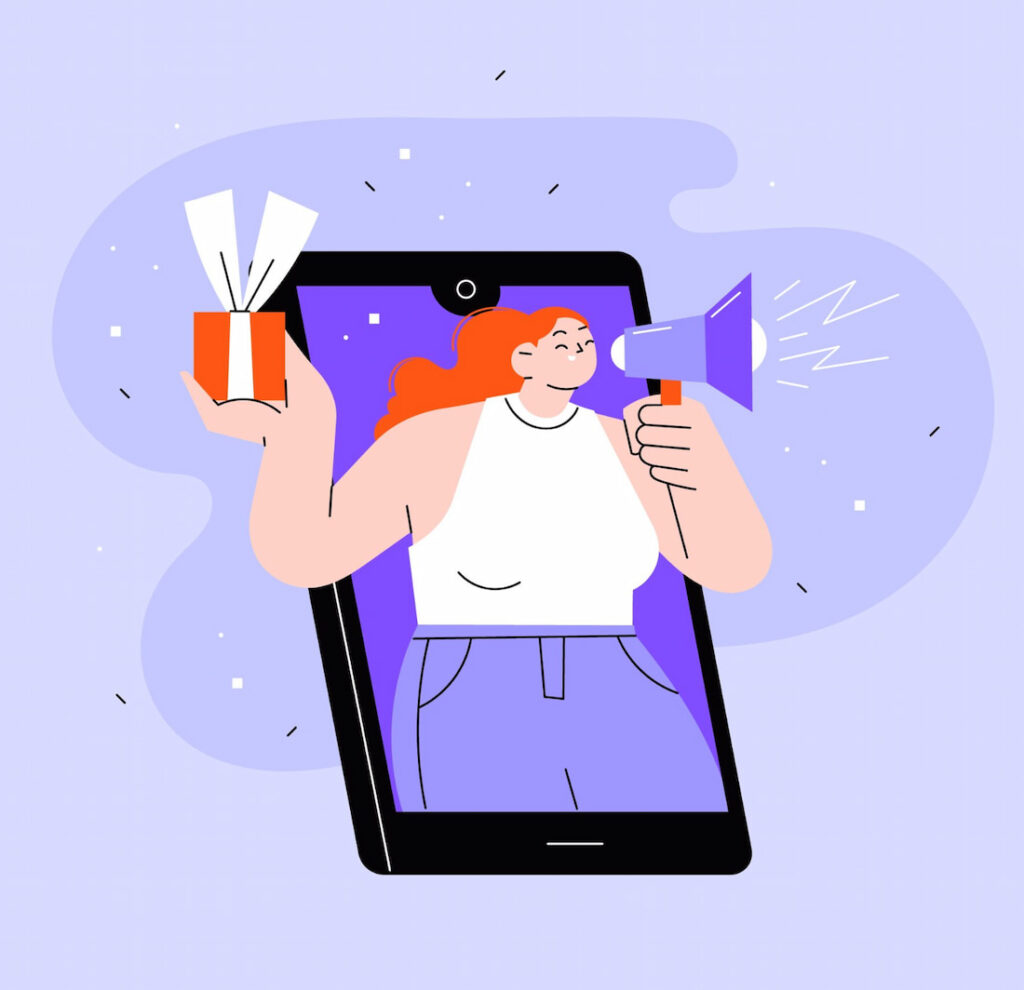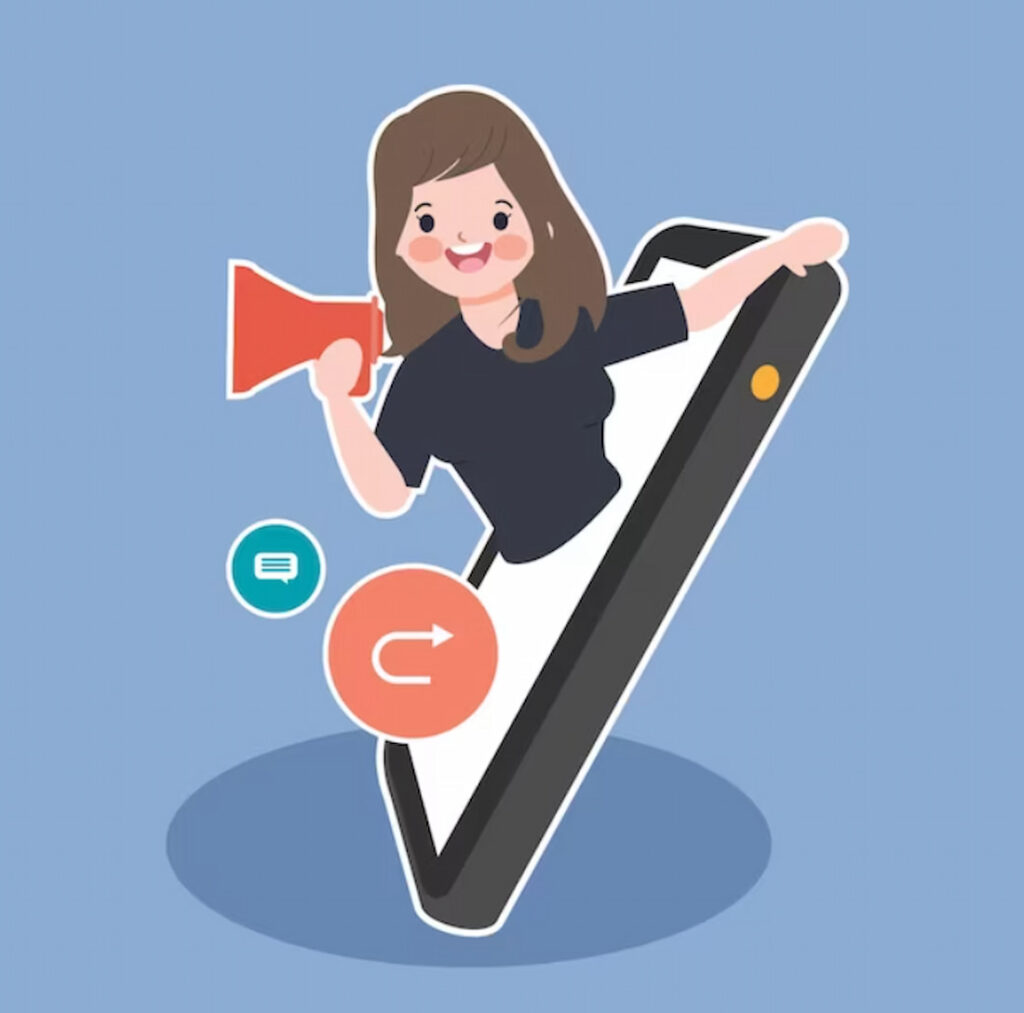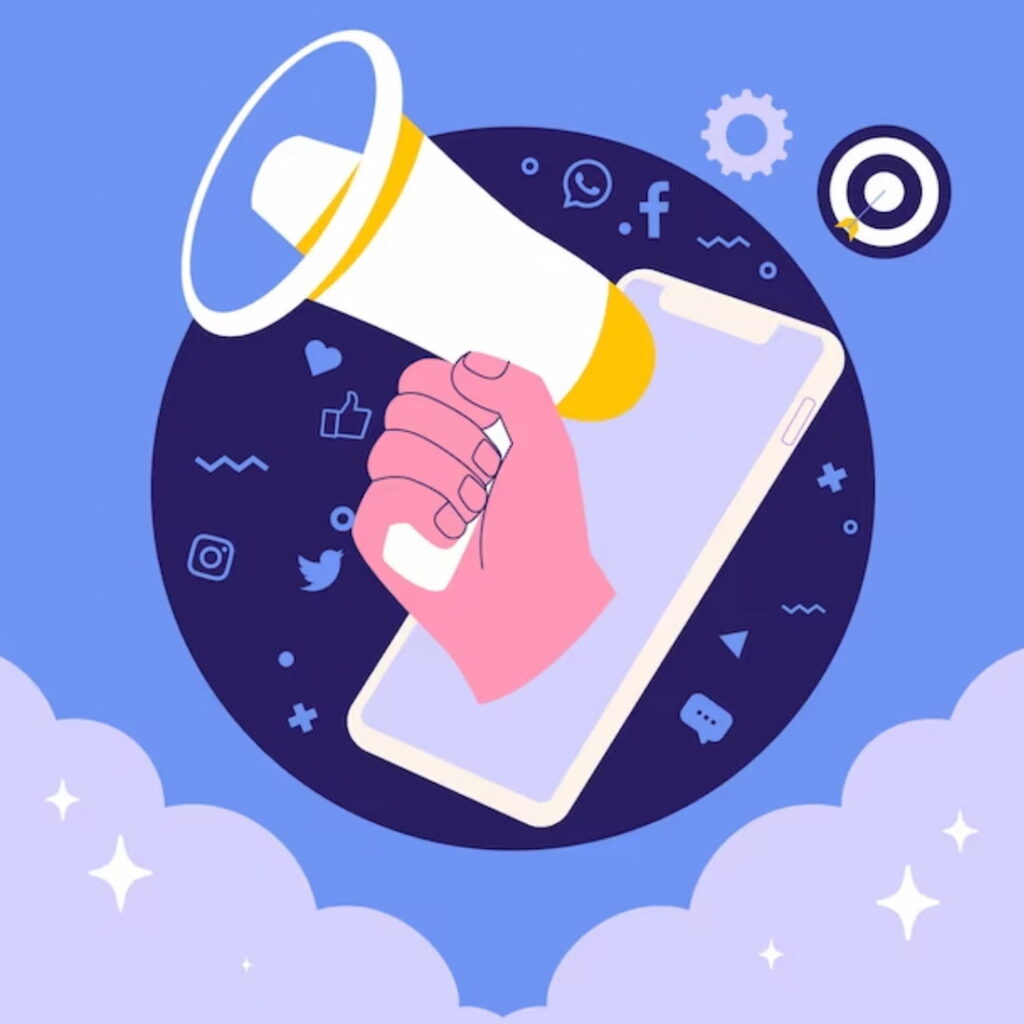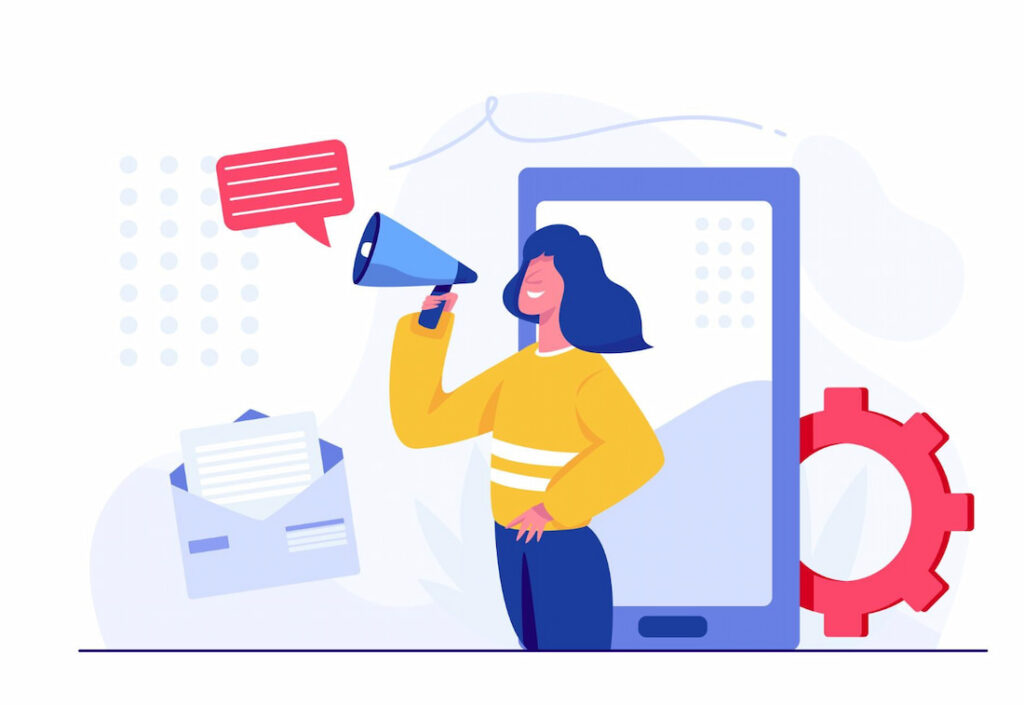What is a Call to Action?
When creating a landing page, one of the core components you must include is a call to action (CTA). Studies show that over 90% of people who read your landing page headline also read your CTA. A CTA is what provides your page visitors with an idea of what you expect them to do after reading the information on your landing page.
When it comes to CTAs for landing pages, most experts recommend using only one to avoid confusing your customers. However, it is crucial to ensure that the CTA you choose helps you achieve the goals of your landing page. In today’s article, we will walk you through the three irresistible CTAs that you should use if you’re running a landing page campaign for your startup. Let’s jump right now!
Call to Action Examples for Landing Page
Example 1: “Get Started Now”
“Get Started Now” is a common call to action that can be used by startups to encourage their users to check out their products. This CTA mainly applies to startups that sell digital products or services.
Why the “Get Started Now” CTA is very powerful
- The Power of Simplicity: Simplicity in a CTA is powerful because it’s easy to understand and act upon. “Get Started Now” is a clear, concise, and straightforward directive. Visitors immediately know what action is expected of them when they read it.
- Creating a Sense of Urgency: This CTA instills a sense of urgency by using the word “Now.” It suggests that there’s no better time to take action than the present moment. This can motivate visitors to act quickly for fear of missing out on something valuable.
- Using Persuasive Language: The phrase “Get Started” is persuasive in itself. It implies progress and movement, tapping into the visitor’s desire to make progress or solve a problem. The use of “Now” adds an element of persuasion by suggesting immediate action.

How to effectively use the “Get Started Now” call to action
- Adding a Visually Appealing Button: A visually appealing button can enhance the effectiveness of this CTA. The button should stand out on the page, use contrasting colors, and have clear text. It should be large enough to be easily clickable on both desktop and mobile devices. The common primary colors used for this call to action button are green, red, and blue.
- Supporting with Compelling Benefits: To make the CTA even more effective, it should be accompanied by compelling benefits or a brief explanation of what the visitor will gain by clicking. So, ensure your landing page has a section that highlights the benefits your visitors will get when they use your product.
Example 2: “Install”
The “Install” CTA can be used by startups who want to encourage their visitors to install their app. This CTA should have a link that leads the users to the relevant app store or the download page of the app if the app is not available in any app store
Why the “Install” CTA is very powerful
- It emphasizes the action of installation: “Install” is a powerful CTA because it directly emphasizes the primary action the business wants the visitor to take. It leaves no room for ambiguity or confusion about what’s expected. It’s straightforward and action-oriented.
- It highlights the ease and convenience: This CTA implies that the installation process is easy and convenient. It suggests that the visitor won’t face any hassles or complications when installing the product or service. Ease of use is a significant selling point, especially for digital products or software.

How to effectively use the “install” call to action
- Incorporating Enticing Visuals: Visual elements, such as images or icons of the product being installed, can enhance the CTA’s effectiveness. These visuals provide a preview of what users can expect, making it more enticing. For instance, if it’s a mobile app, you might display screenshots of the app in action. This gives your target users an idea of how the app will look like when they finally install it on their devices.
- Reinforcing with Benefits of Installation: You need to explain why installing the product will be beneficial for the visitor within the other sections of your landing page. For instance, if you’re marketing a productivity app, your benefits can highlight how much time or money the app will save them once they start using it.
Example 3: “Try for Free”
This call to action is commonly used by Software as a Service(SaaS) or online service businesses that offer free trials for their product.
Why the “Try for Free” CTA is very powerful
- It encourages a Risk-Free Trial: “Try for Free” encourages visitors to take action by emphasizing the absence of risk. It communicates that the trial is free, so visitors won’t be charged during the trial period. This encourages hesitant users to explore the product or service without commitment.
- Communicating the Absence of Cost: The phrase “Try for Free” clearly communicates that there is no cost associated with the trial or the product itself. It’s essential to be transparent about this aspect to build trust with potential customers. It removes a common barrier that can deter users from trying out a new product or service.

How to effectively use the “Try for Free” call to action
- Stipulating the Trial Period: While not explicitly mentioned in the CTA itself, it’s important to stipulate the trial period nearby or on the landing page. For example, “Try our premium features for free for 14 days.” This gives visitors a clear understanding of how long they can use the product or service without cost.
- Integrating appealing Visuals: Visual elements, such as images or icons, can complement the “Try for Free” CTA. These visuals can showcase the product or service in action, helping visitors visualize their experience during the trial. It can include screenshots, product demonstrations, or graphics representing the benefits.
Best Practices for Effective CTAs
Keeping it Concise and Clear
Conciseness is crucial in a CTA. Your message should be short and to the point, conveying the action you want the user to take without unnecessary words. CTAs with two to four words tend to be more effective than those with more words. Avoid jargon or overly complex language.
The CTA should be easily scannable and understandable within a few seconds. Clarity is equally important. You need to ensure users have no doubt about what will happen when they click the CTA.
Creating a Sense of Urgency
Creating a sense of urgency can prompt immediate action. This can be achieved by using words like “now,” “today,” or “limited-time offer”. Urgency suggests that there’s a benefit to acting promptly, which can increase conversion rates.
Another way to create urgency is by showcasing limited quantities or available slots. For example, you use terms like “Only 3 spots left!” or “Last chance to save!” in your text before the CTA. This compels users to act before the opportunity is gone.
Use Bright Colors in the CTA Button
Using bright colors for your CTA button makes it stand out on the page. Bright colors, such as vibrant blues, greens, or reds, draw attention and create contrast with the rest of the page, which is usually white. This visual emphasis helps guide the user’s eye toward the CTA, making it more likely that they’ll notice and click on it.
Make Your Button Text Large and Legible
The text on your CTA button should be large enough to be easily readable. It’s essential to choose a font size and style that is clear and legible, even on smaller screens or mobile devices. Users should be able to read the text without straining their eyes, ensuring that they understand the action within a few seconds.
Using Action-Oriented Language
CTAs should use action-oriented verbs that encourage users to do something. Examples include “Get,” “Try,” “Discover,” “Join,” or “Download.” These words prompt a specific action, making it clear what’s expected of the user. Passive language like “Learn More” can be less effective because it doesn’t convey the sense of doing something or gaining immediate value.
Testing and Optimizing CTAs
A/B testing is a critical component of CTA optimization. Create different versions of your CTAs and test them to see which one performs better. This can involve changing the text, color, size, or placement of the CTA button. Analyze user behavior to determine what’s working and what isn’t. Use analytics tools like Google Analytics to track click-through rates and conversion rates.

Conclusion
We have discussed three of the most irresistible keywords that you can use to entice your landing page visitors into taking action. Naturally, the precise phrasing of the call to action may vary depending on the product you are offering and how you would like your target customers to gain access to it.
For example, if you want your target users to download an installation file for the app, you could opt to use the “Download Now” call to action instead of “Install.” Additionally, it is crucial to take into account the nature of your target audience when determining the wording of your call to action.
FAQs
Why is it important to have a clear and effective call to action (CTA) on a startup landing page?
Including a clear and effective CTA is crucial because it guides your page visitors on the specific action you want them to take after interacting with your landing page. Studies show that a well-crafted CTA can significantly impact user engagement and conversion rates.
What makes the “Get Started Now” CTA powerful, and how can it be effectively used?
The “Get Started Now” CTA is powerful due to its simplicity, creating a sense of urgency, and using persuasive language. To effectively use this CTA, it's recommended to add a visually appealing button and support it with compelling benefits, showcasing what users will gain by taking the desired action.
How can startups effectively utilize the “Try for Free” CTA for their landing pages?
The “Try for Free” CTA encourages a risk-free trial, emphasizing the absence of cost. To use it effectively, stipulate the trial period nearby, integrate appealing visuals showcasing the product or service, and communicate the benefits of trying out the product. This builds trust and encourages hesitant users to explore without commitment.
